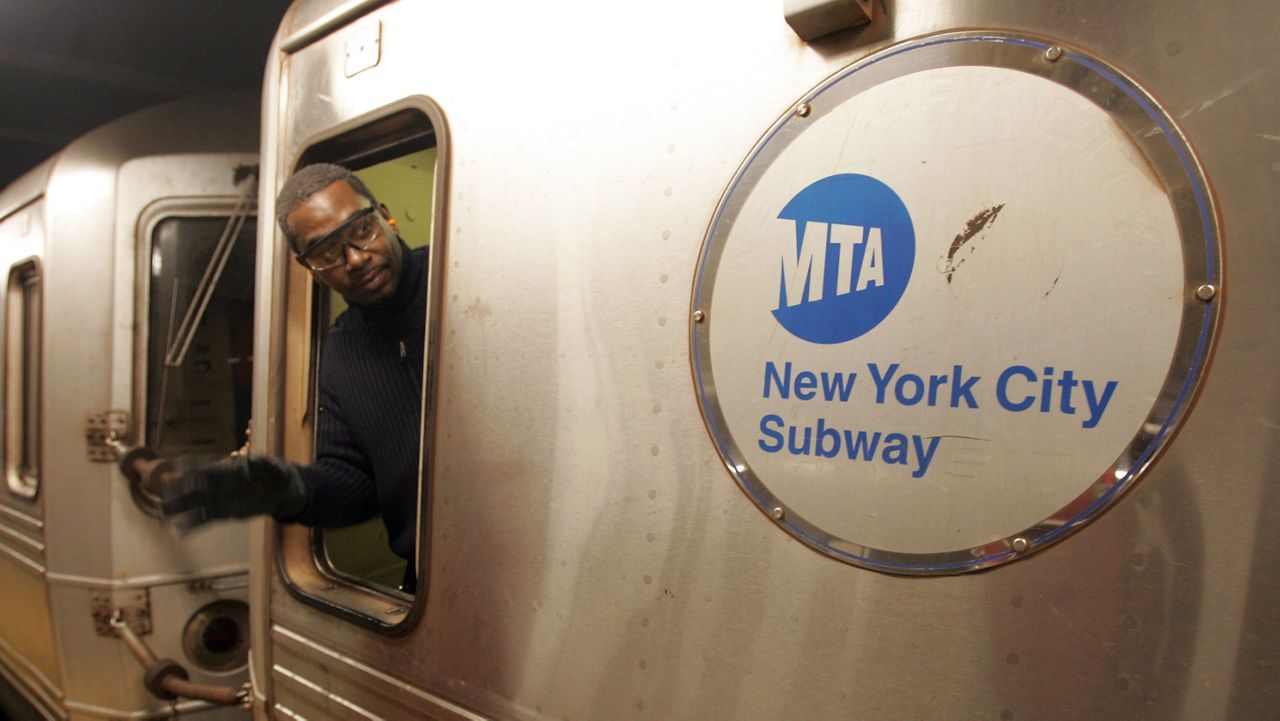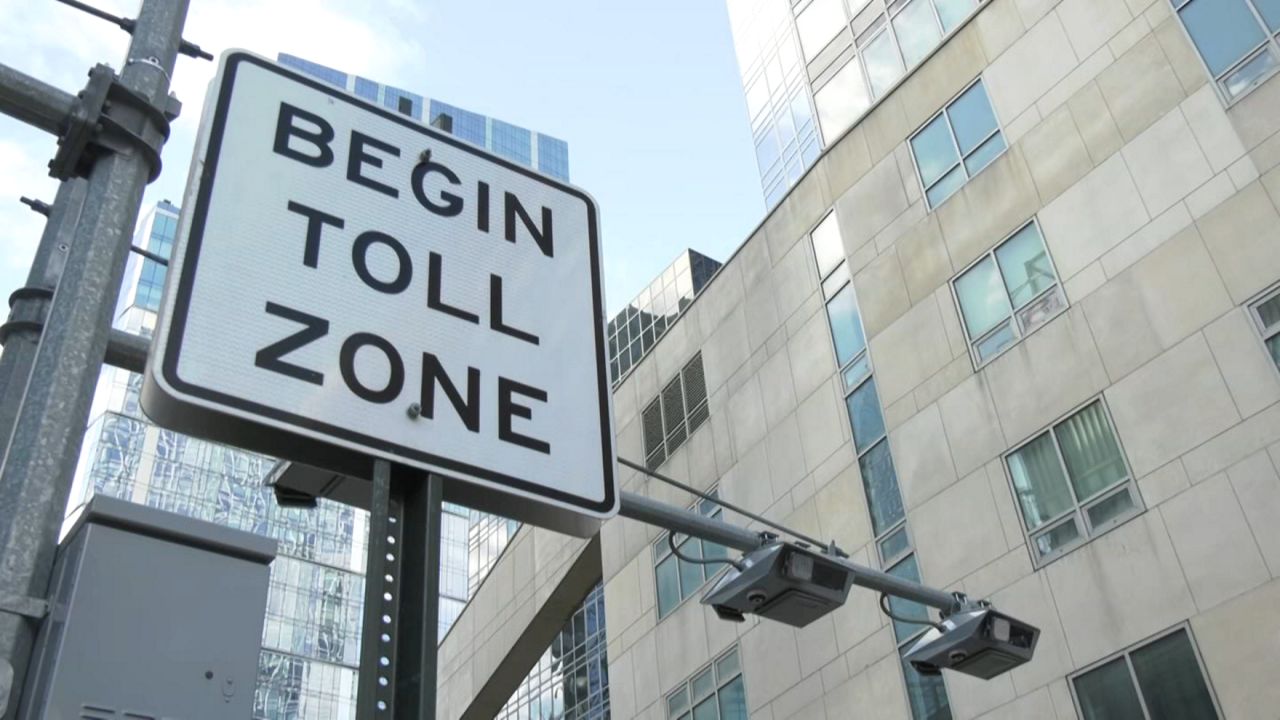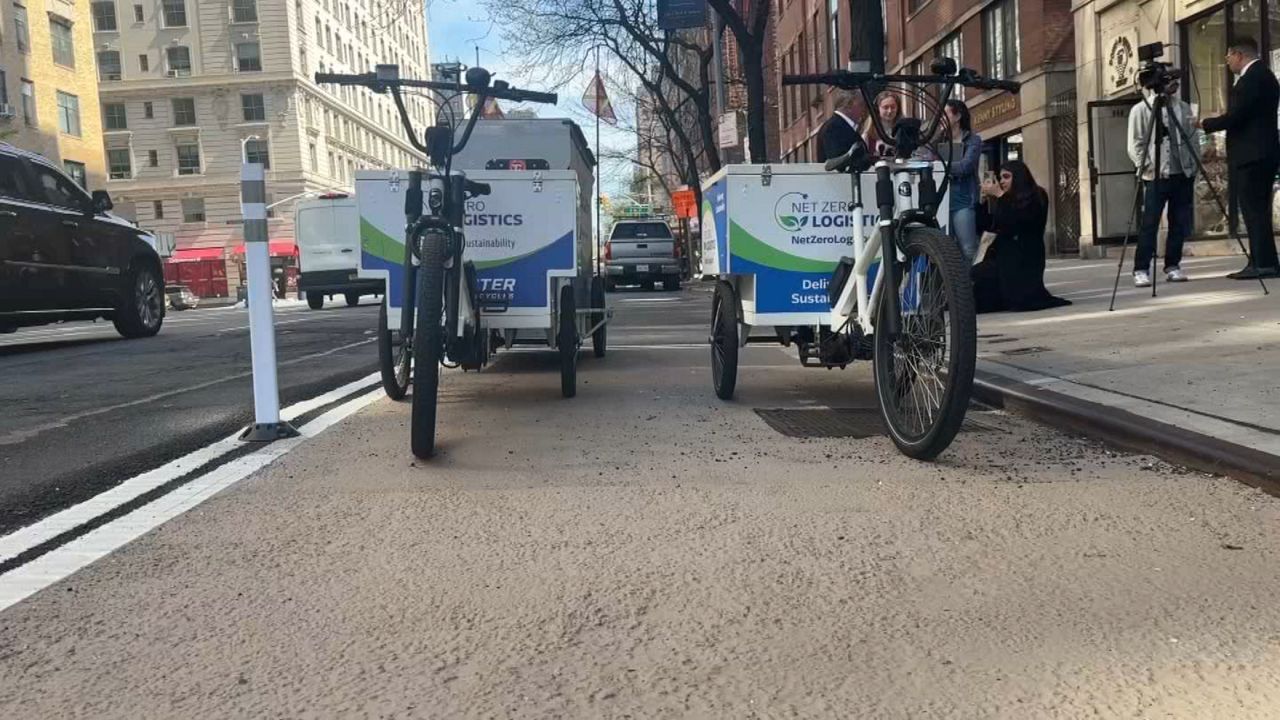Most commuter’s woes at Penn Station stem from the more than 100-year-old power infrastructure inherited by Amtrak, which Amtrak and NJ Transit say they are starting to address.
The Gateway Project would build a second train tunnel with two tracks under the Hudson River and allow the replacement of hanging wires in the original tunnel without disrupting service. Once there are four operational tracks under the Hudson instead of two, the three railroads that use Penn Station are looking to increase hourly train capacity from 24 to 48 trains.
What You Need To Know
- Amtrak, NJ Transit and MTA studied two proposals that would build tracks under the current Penn Station, and two that would allow trains on all tracks to run from New Jersey to the other side of the East River called through-running
- The study found the proposals either didn't meet the criteria of doubling capacity from 24 to 48 trains per hour, would take too much time or take away from service, or components to turn trains around on opposite ends would cost too much and require eminent domain. Also, train power sources weren't compatible
- Now, the three railroads are looking to build new tracks outside of the current Penn Station, which would require demolishing a city block
“Additional projects that add capacity will come along in time,” Petra Messick, senior program director for Amtrak and the Gateway Project, said. “So now we’re looking at Penn Station capacity expansion, which will provide the track and platform capacity to accept new trains through the tunnel. That will go through a two-year study and environmental process and another 10 years to build.”
A feasibility study looked at four different scenarios that would expand capacity without going beyond the existing station: two would build more tracks under Penn station, two would enable a process called through-running on all tracks so NJ Transit trains could turn around on the other side of the east river and LIRR trains to turn around in New Jersey.
“Our study found that we can’t meaningfully add capacity within the existing footprint,” Messick said. “We looked at several alternatives, so we will now study beyond the footprint of Penn Station.”
Now the only options would involve demolishing an entire city block. Opponents of this plan say there are other ways to increase capacity.
“You’re talking about a $100 billion proposition to get south of the station under the subways into two new East River tunnels,” Sam Turvey of the group ReThink NYC said. “There’s no reason to do that.”
Turvey says Amtrak privately said the group’s plan within the existing footprint was feasible yet did not study it. It would make the four terminal tracks at the southern end of the station through-running by cutting the eastern end of the platform off and moving it back to an abandoned mail platform under the Farley post office.
“And because of that, tracks one through four, we would probably reduce that to two tracks, wider platforms, two tracks,” Turvey said. “Those tracks would run into the existing fan and on out to the East River.”
The feasibility study, however, also noted that facilities for the trains to turn back on either side would have to be built, and may require eminent domain, and that NJ Transit and the MTA use different types of power for their trains, which would be expensive to reconcile. However, ReThinkNYC noted in Connecticut there was a similar issue on MetroNorth that the MTA resolved.
Whatever the plan is — even when Gateway and this project are complete — there are several more projects not yet funded that are needed to increase capacity, and it could be decades until that happens.






_Dnt_MTA_Fare_Gates_Clean)
_LLV_Dnt_Super_Speeders_Bill_Clean_134073220_675)


